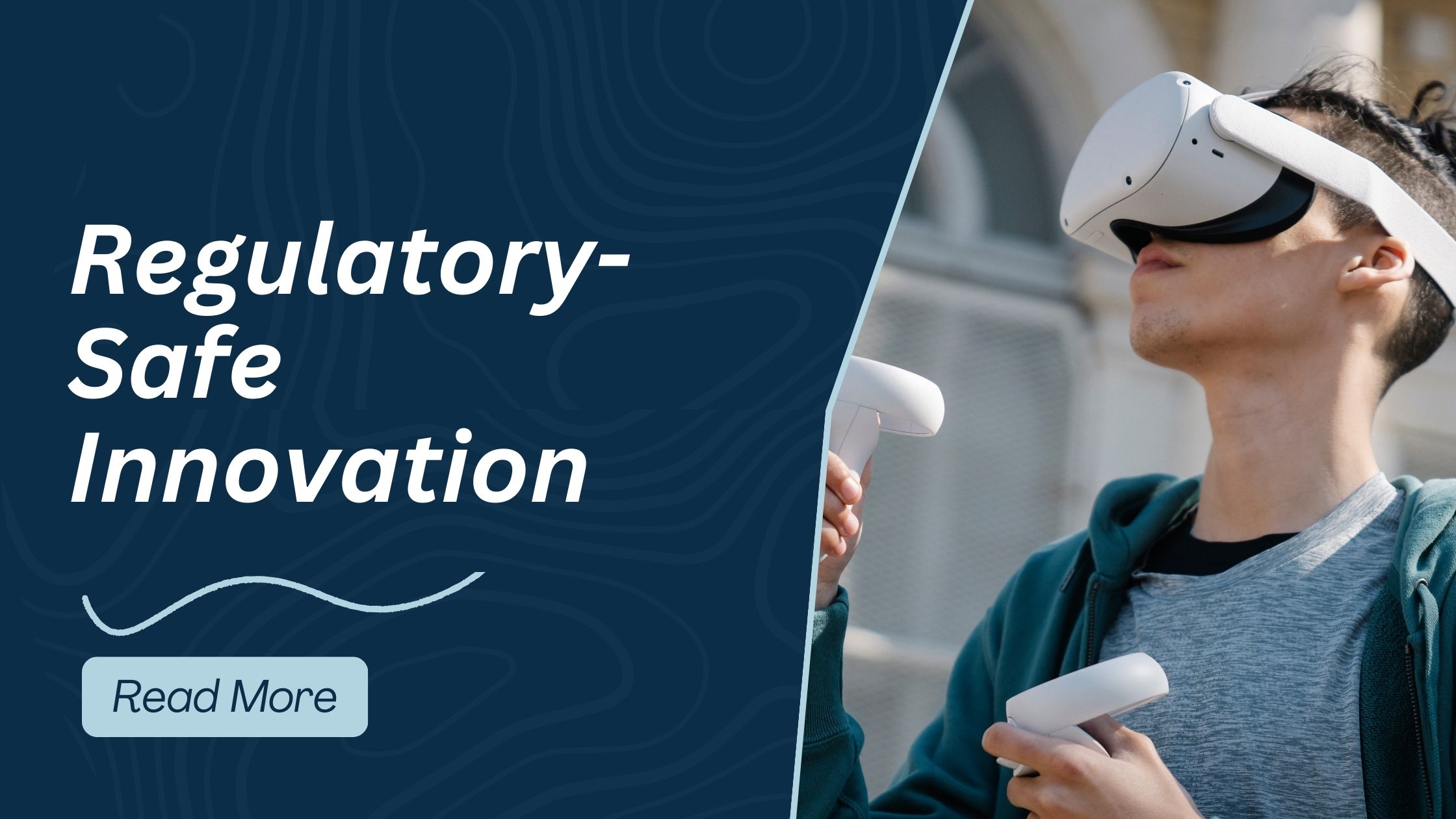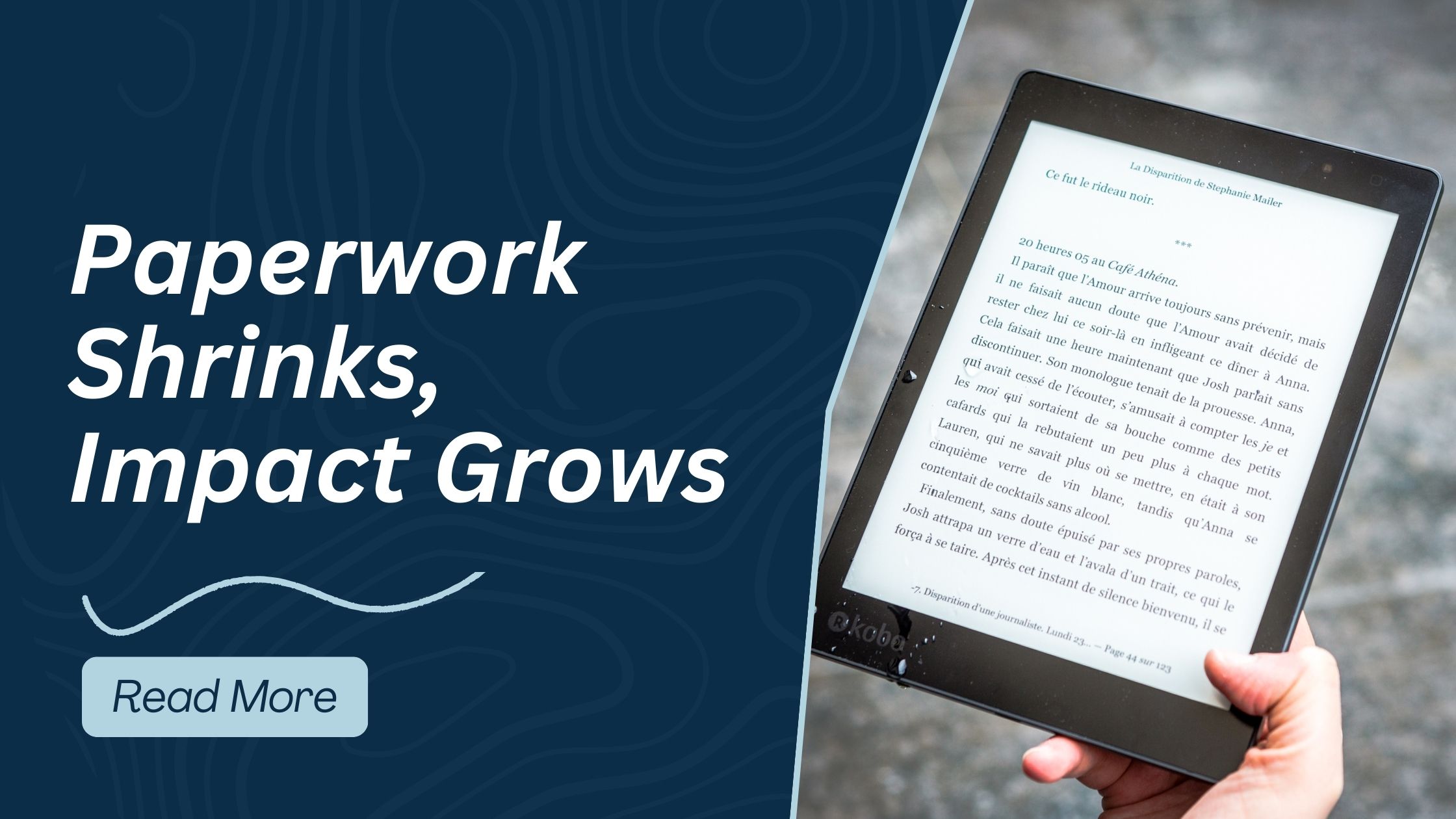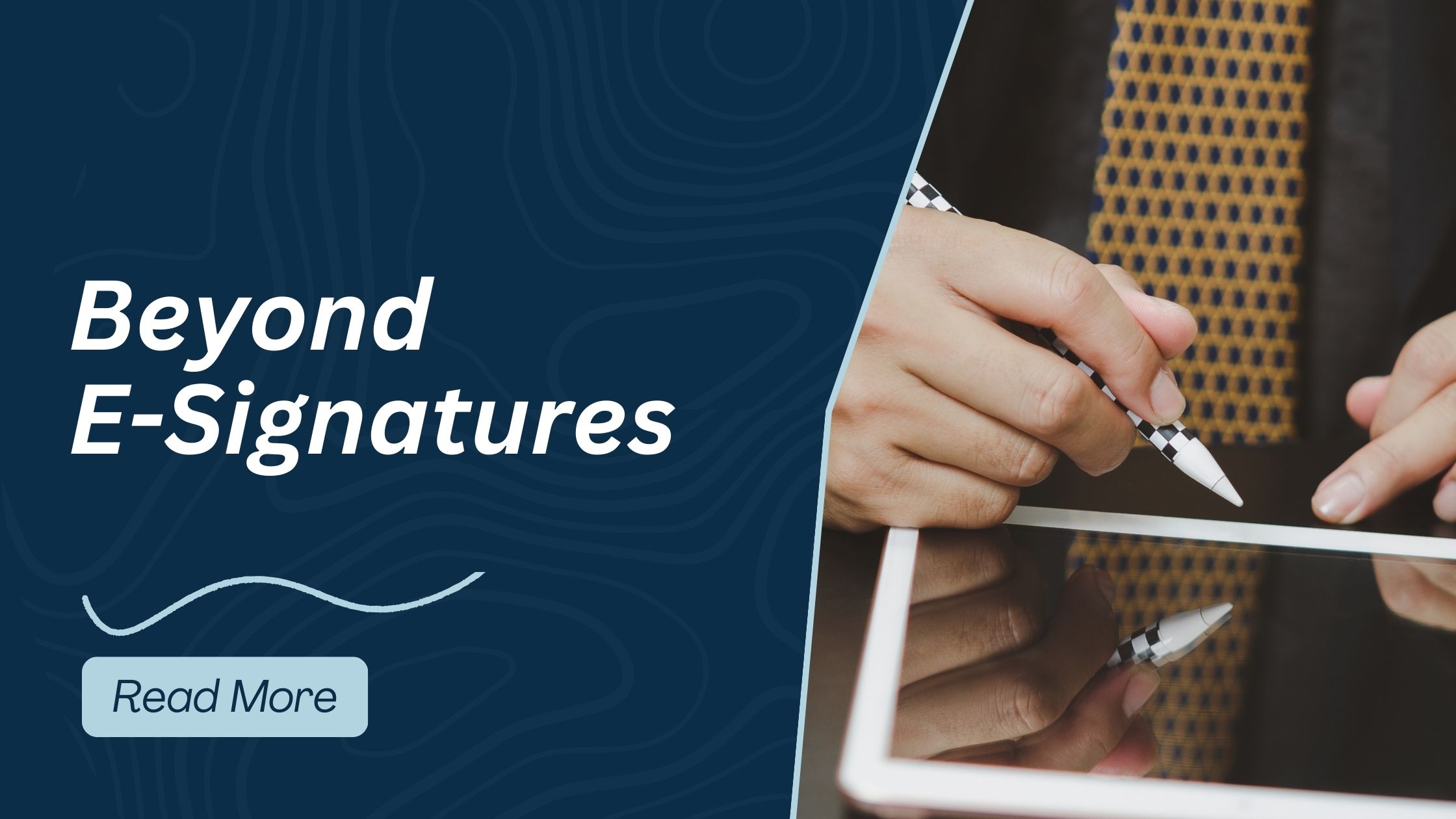Indonesia and Malaysia are neighbours with shared values, cultures, and large Muslim populations. Yet when it comes to insurance regulation, their approaches - though different—offer valuable lessons for each other.
In Indonesia, the OJK (Otoritas Jasa Keuangan) has been clear: digitalisation is welcome, but it must not replace the agent. In fact, OJK has mandated structural separation for Shariah entities, ensuring that Takaful (Shariah insurance) operates as its own regulated business. This strict framework is designed to preserve trust and compliance while gradually opening the door to innovation.
Malaysia’s BNM (Bank Negara Malaysia) takes a similar cautious stance. While some players enter the digital sandbox, the regulator continues to emphasise agent-led distribution as the backbone of insurance. Even as consumers demand digital convenience, insurers must prove that compliance and advisory standards are never compromised.
This is where Agent-Guided Digital Distribution (AGDD) offers a bridge.
In Indonesia, AGDD allows insurers to extend reach across 17,000 islands by digitising the front-end process, while agents remain in charge of advice, face-to-face (or video) meetings, and wet signatures.
In Malaysia, the same model avoids triggering “digital-only” licensing restrictions. Customers never complete the purchase fully online. Instead, they fill digital forms, meet agents remotely, and sign physically - with documents collected via courier.
The impact is powerful:
- For regulators: assurance that compliance, advice, and consumer protection remain intact.
- For insurers: faster policy issuance, reduced drop-offs, and nationwide scalability without legal risk.
- For customers: digital convenience combined with the human trust of a licensed agent.
Cross-border lesson: Indonesia shows how firm regulation can still allow innovation through hybrid models, while Malaysia demonstrates how a sandbox approach can test new ideas under supervision. Both converge on one truth - the future is not fully digital or fully traditional, but a hybrid path where technology empowers agents instead of replacing them.
Here’s how AGDD works in a compliance-friendly way:
- Agent at the centre – Every policy still begins and ends with a licensed agent. Customers do not complete the purchase online; instead, they fill the digital form first.
- Remote face-to-face meeting – The agent then schedules a compliant advisory session, conducted remotely if needed, ensuring suitability and proper disclosure.
- Wet signature + physical document collection – Final paperwork is signed physically, with the insurer’s courier service collecting documents directly from the customer.
From Jakarta to Kuala Lumpur, AGDD is proving that compliance and innovation don’t have to be opposites - they can move forward together.




